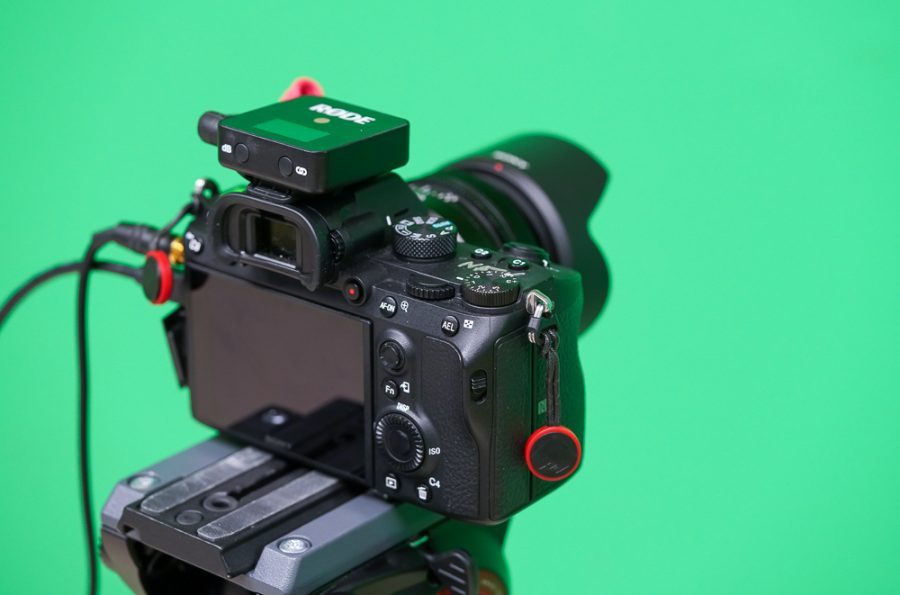A Vivisection of Visual Effects
Why have practical effects receded from the modern movie landscape, and what could bring them back?
As time goes on, practical effects have become more and more obsolete, rapidly being replaced by CGI.
April 18, 2022
Animatronics. Cardboard models. Makeup. All of these are deeply emblematic of the history of practical effects in movies, especially in science fiction and fantasy. Throughout television and movie history, practical effects have been used to depict creatures, aliens, spaceships, and much more.
Movies like the original Star Wars trilogy are particularly well known for their use of practical effects. At the time, A New Hope was being created at a time where computer generated imagery (CGI) barely existed, so George Lucas had to be creative in his work. Yoda was an animatronic puppet, and the exploding Death Star had to be built from cardboard and titanium. Scenes set in the desert were shot in the North African country of Tunisia.
Jurassic Park, which was created later on, when CGI was slightly more prevalent, allowed for more of a balance between practical effects and CGI. The movie was mostly created using dinosaur models with limited CGI. In fact, only four to five minutes of the fourteen to fifteen total minutes of dinosaur scenes were entirely created by computer. The balance of computer generated effects and practical effects allowed for the movie to preserve the weight and physicality of practical effects while allowing CGI to cover for the shortcomings of real life. The movie later won the Best Visual Effects award at the 1994 Oscars, further cementing the quality of the combination the movie presented.
However, as CGI became more popular within movie-making circles, practical effects began to move further away from the norm. Star Wars, as a franchise that has lasted from the beginning of CGI to modern times, provides an excellent case study for the death of practical effects and the simultaneous rise of CGI.
The visual effects in the prequel trilogy of Star Wars were mostly created digitally in post-production. Jar Jar Binks, played by Ahmed Best, was one of the first CGI creations of all time to hit the screen, a step that began to test the limits of motion capture technology. However, for many watchers, digital effects were not quite realistic enough to connect with the character.
Similarly, the more recent Jurassic Park sequels drew criticism from some viewers for the amount of CGI used. Despite this, the artists that worked on the CGI dinosaurs worked very hard to research and frame the scenes in order to make their movements seem realistic. They researched movement in elephants, crocodiles, and giraffes extensively, and they ensured that the lighting allowed for realism.
Marvel movies especially have been criticized for the amount of post-production CGI work done, from green screen environments to digitized armies to most of the characters’ superpowers.
This is not to say that CGI is worse than practical effects. Both are forms of art, and movies like Avatar and The Matrix prove how much artistry CGI can have. However, it does beg the question: if both forms of visual effects have the chance at being excellently used, why is CGI taking more and more room in the movie-making world than practical effects?
The answer, of course, lies in the long history of unionization in Hollywood. For a long time, Hollywood unions have held out much longer than their counterparts in other industries.
As University of Pennsylvania Carey Law School graduate Jacqueline G.H. Kim says in her 2018 paper on entertainment unionization, “The old adage about the entertainment industry is that “Hollywood is a union town,” steeped in almost a century run by interwoven artistic labor from unions and guilds that have gained power, recognition, and respect.”
Labor unions within Hollywood have had several successful strikes, among them the Disney Animators Strike of 1941 and the 2007-2008 Writers’ Guild Strike, both of which gave more money for animators and writers respectively. However, while designers, makeup artists, and many other practical effects artists are in unions that allow them to remain well paid and credited for their work, CGI artists have had trouble forming unions.
In addition, companies and directors are prone to hiring outside of Hollywood, especially in Canada (particularly British Columbia), the United Kingdom, and Australia, all of whose governments offer lucrative tax incentives that allow companies to take much of the workers’ money.
2019’s Cats, which was riddled with mistakes in computer generated effects, is particularly emblematic of the effects of a lack of unionization. Many of the workers were underpaid and overworked, eventually leading to a bad product.
However, many, including Kim, believe that it is only a matter of time before a union for CGI artists will be built. As she says, “[I]f anything, the past half century has proven that unions not only work to preserve their members’ rights when faced with the possibility of pay cuts and job losses to technology, but also serve to negotiate for creatives’ ability to take advantage of new media and reshape entertainment in innovative ways.”
With such a union, perhaps production companies will bring back a mix of CGI and practical effects, creating a new era of visual entertainment.













